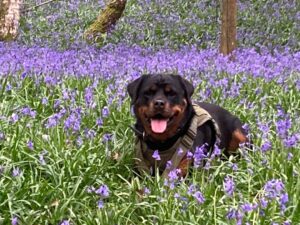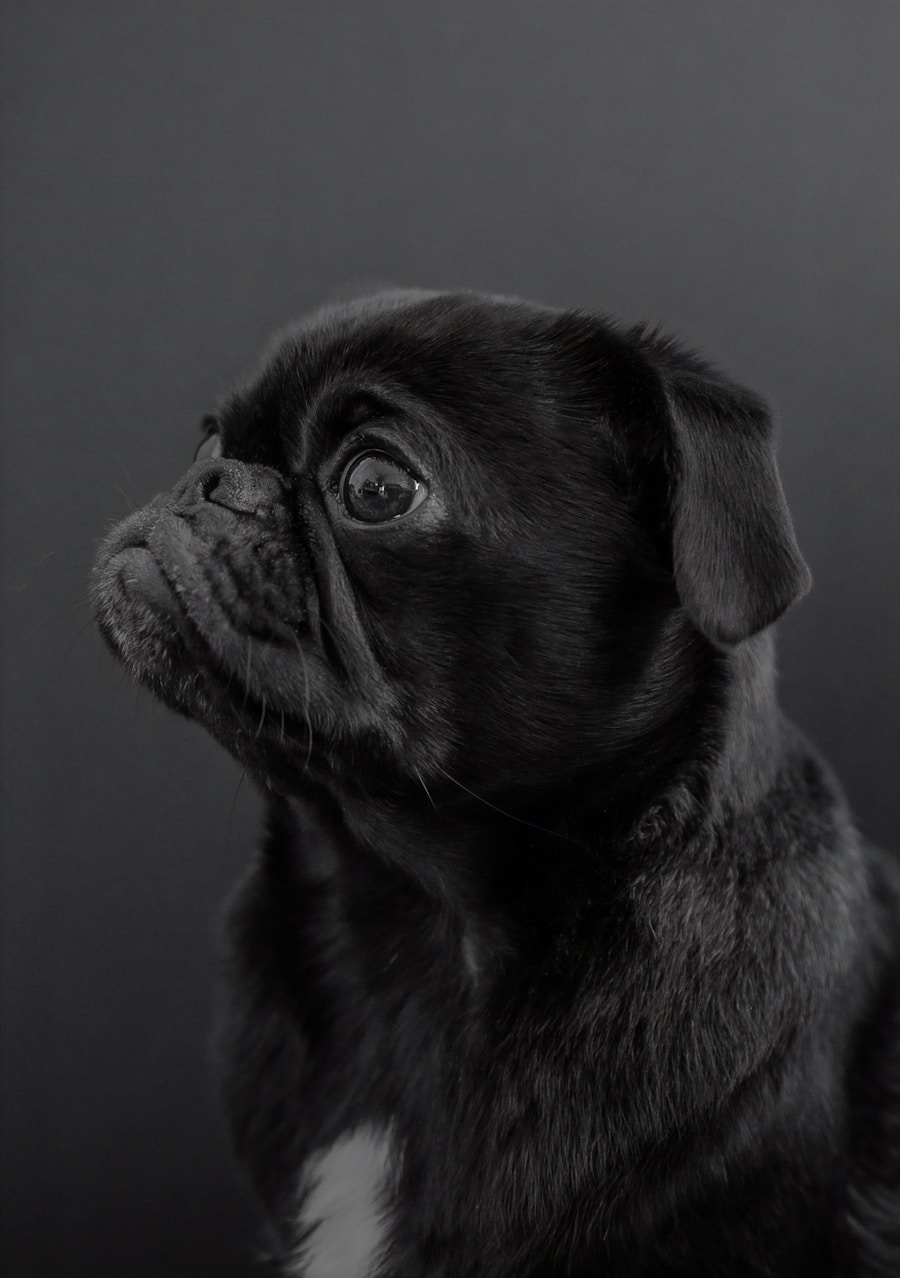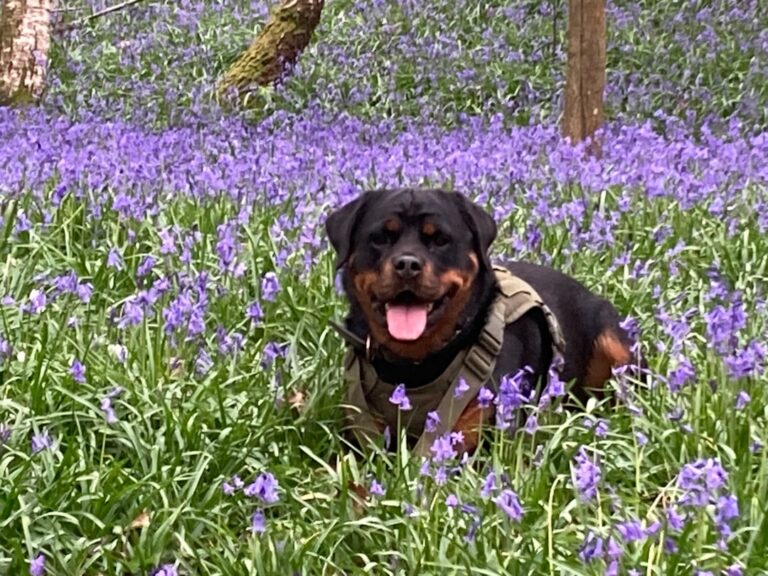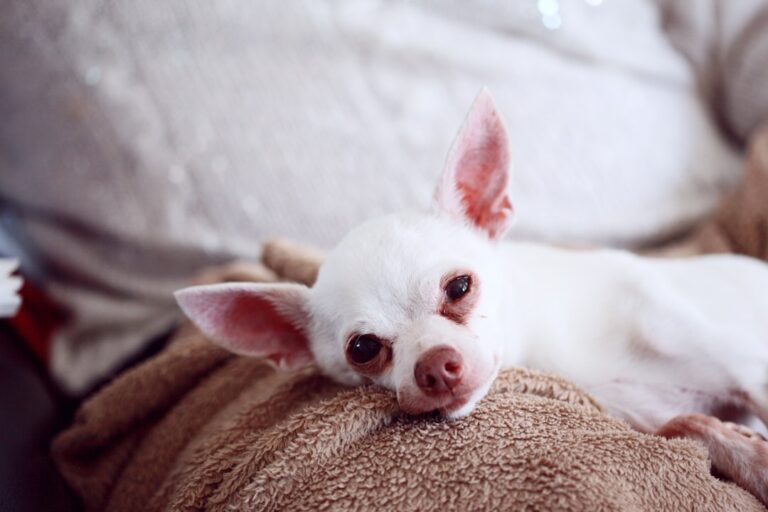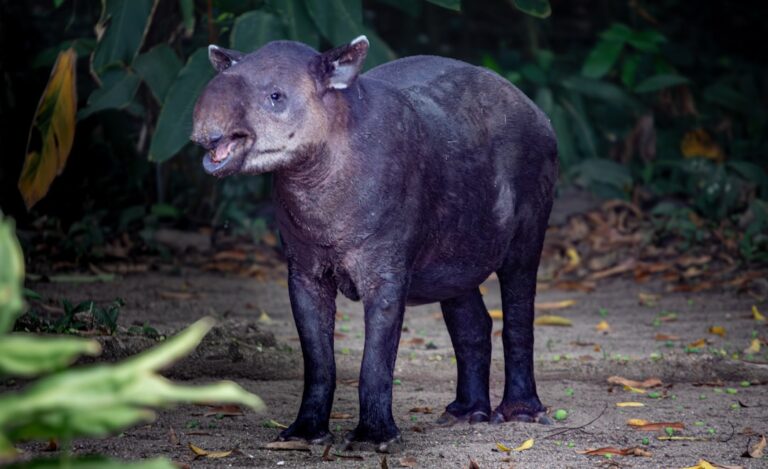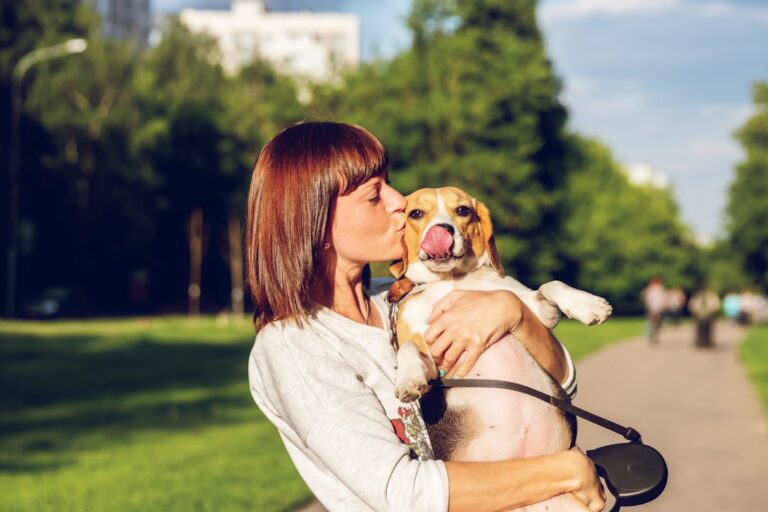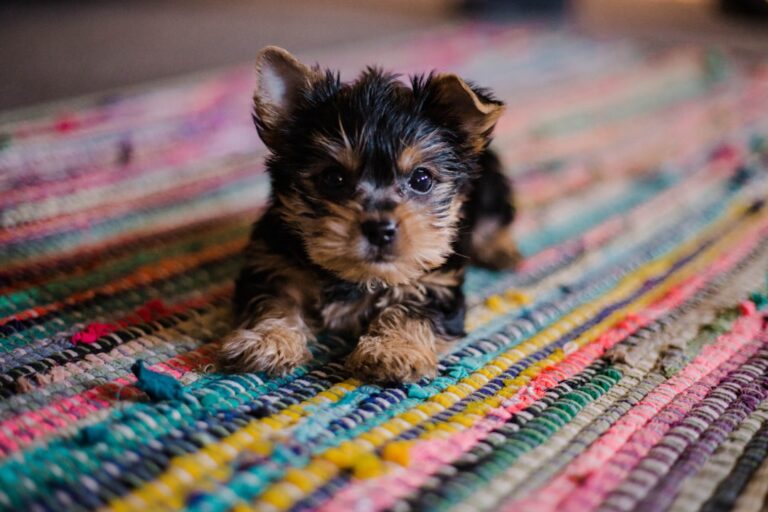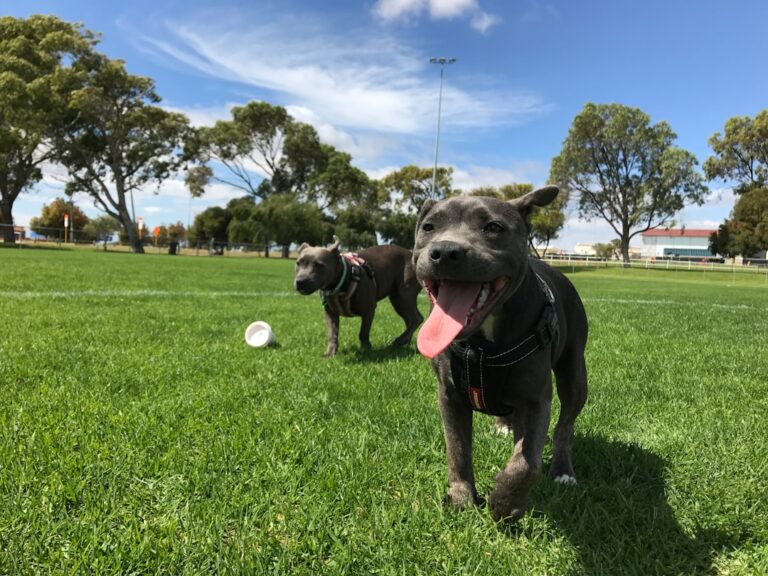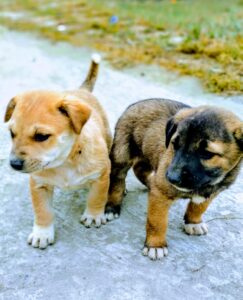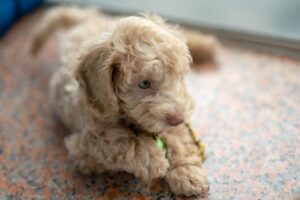The Pug breed boasts a rich and storied history that dates back over two millennia. Originating in China, these small, charming dogs were bred as companions for royalty and nobility. Historical records suggest that Pugs were favored by Chinese emperors, who kept them in lavish palaces, often pampered and adorned with luxurious accessories.
The breed’s lineage can be traced back to the Han Dynasty (206 BC – 220 AD), where they were known as “Foo dogs” or “Lo-sze.” These early Pugs were highly valued, often depicted in ancient art and literature, symbolizing wealth and status. As trade routes expanded, Pugs made their way to Europe in the 16th century, where they quickly captured the hearts of the aristocracy. The breed became particularly popular in the Netherlands, where they were adopted as the official dog of the House of Orange.
The Pug’s charming demeanor and distinctive appearance made it a favorite among European nobility, including figures like William III of England, who brought the breed to Britain. Over time, Pugs evolved from their royal roots to become beloved companions for families across the globe, maintaining their playful spirit and affectionate nature throughout the centuries.
Key Takeaways
- Pugs originated in China over 2,000 years ago and were favored by royalty and monks.
- Pugs are known for their distinctive wrinkled face, curled tail, and compact, muscular body.
- Pugs are affectionate, charming, and playful, making them great companions for families and individuals alike.
- Training and socialization are important for pugs to prevent stubborn behavior and separation anxiety.
- Pugs are prone to health issues such as obesity, breathing problems, and eye issues, so regular vet check-ups are crucial.
Physical Characteristics of Pugs
Pugs are easily recognizable due to their unique physical characteristics. They possess a compact, muscular body that is both sturdy and well-proportioned. Typically weighing between 14 to 18 pounds, Pugs stand about 10 to 14 inches tall at the shoulder.
Their most distinctive feature is their wrinkled face, which is characterized by a short muzzle and large, expressive eyes that convey a range of emotions. The deep facial folds not only add to their charm but also require regular cleaning to prevent skin irritations. The coat of a Pug is short, smooth, and glossy, coming in a variety of colors including fawn, black, silver, and apricot.
Fawn Pugs often have a black mask that accentuates their facial features. Their curled tail is another hallmark of the breed, adding to their overall appeal. Despite their small size, Pugs are robust dogs with a solid build, which contributes to their playful and energetic demeanor.
Their physical attributes not only make them adorable companions but also serve practical purposes, such as their ability to navigate various environments with agility.
Temperament and Personality Traits
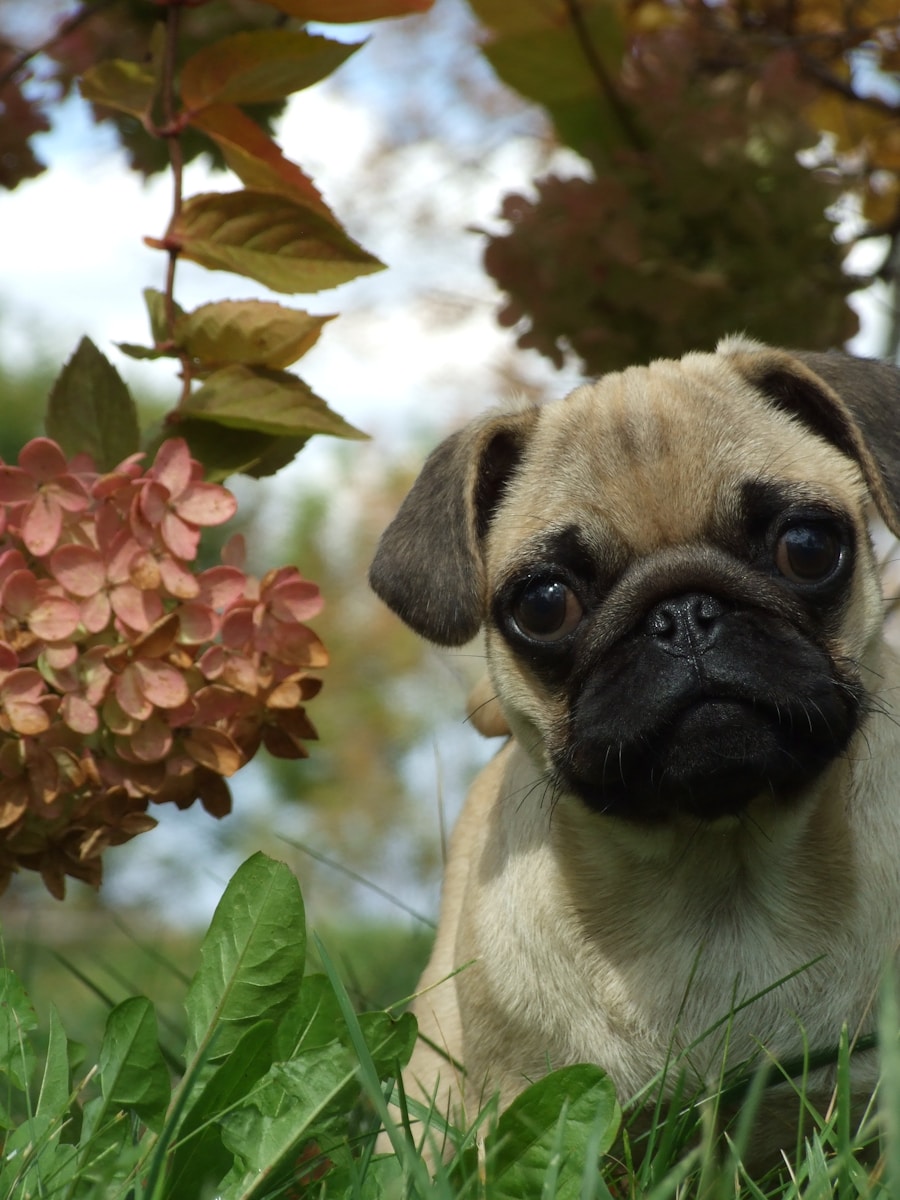
Pugs are renowned for their delightful temperament and engaging personality traits. They are often described as sociable, affectionate, and playful, making them excellent companions for individuals and families alike. Their friendly disposition allows them to get along well with children and other pets, fostering a harmonious household environment.
Pugs thrive on human interaction and are known for their loyalty; they form strong bonds with their owners and often seek out attention and affection. In addition to their loving nature, Pugs possess a playful spirit that can bring joy to any home. They have a knack for entertaining their families with their quirky antics and playful behavior.
Their intelligence allows them to learn tricks and commands quickly, although they can also exhibit a stubborn streak at times. This combination of playfulness and independence makes training an essential aspect of owning a Pug. Overall, their charming personality traits contribute to their popularity as family pets and companions.
Training and Socialization Tips
| Training and Socialization Tips | Metrics |
|---|---|
| Number of training sessions per week | 3 |
| Percentage of dogs socialized with other dogs | 80% |
| Percentage of dogs socialized with people | 90% |
| Number of obedience commands learned | 10 |
Training a Pug requires patience, consistency, and positive reinforcement techniques. Due to their intelligent yet sometimes stubborn nature, it is crucial to establish clear boundaries and expectations from an early age. Basic obedience training should begin as soon as you bring your Pug home.
Commands such as “sit,” “stay,” and “come” are fundamental skills that will help ensure your dog is well-behaved in various situations. Using treats or praise as rewards can motivate your Pug to learn and respond positively to commands. Socialization is equally important for Pugs, as it helps them develop confidence and adaptability in different environments.
Exposing your Pug to various people, animals, and situations from a young age will help them become well-rounded adults. Puppy classes can be an excellent way to facilitate socialization while also providing structured training opportunities. Regular outings to parks or dog-friendly events can further enhance your Pug’s social skills and reduce any potential anxiety in new situations.
Health Considerations for Pugs
While Pugs are generally healthy dogs, they are prone to certain health issues that potential owners should be aware of. One of the most significant concerns is brachycephalic airway syndrome due to their short muzzles. This condition can lead to breathing difficulties, especially in hot or humid weather.
Owners should monitor their Pug’s breathing during exercise or playtime and avoid strenuous activities in extreme temperatures. Additionally, Pugs are susceptible to obesity due to their love for food and relatively low activity levels. Maintaining a balanced diet and regular exercise routine is essential for keeping your Pug healthy and preventing weight-related issues.
Other common health concerns include hip dysplasia, eye problems such as cataracts or corneal ulcers, and skin conditions related to their facial folds. Regular veterinary check-ups are crucial for early detection and management of these potential health issues.
Pug Care and Grooming
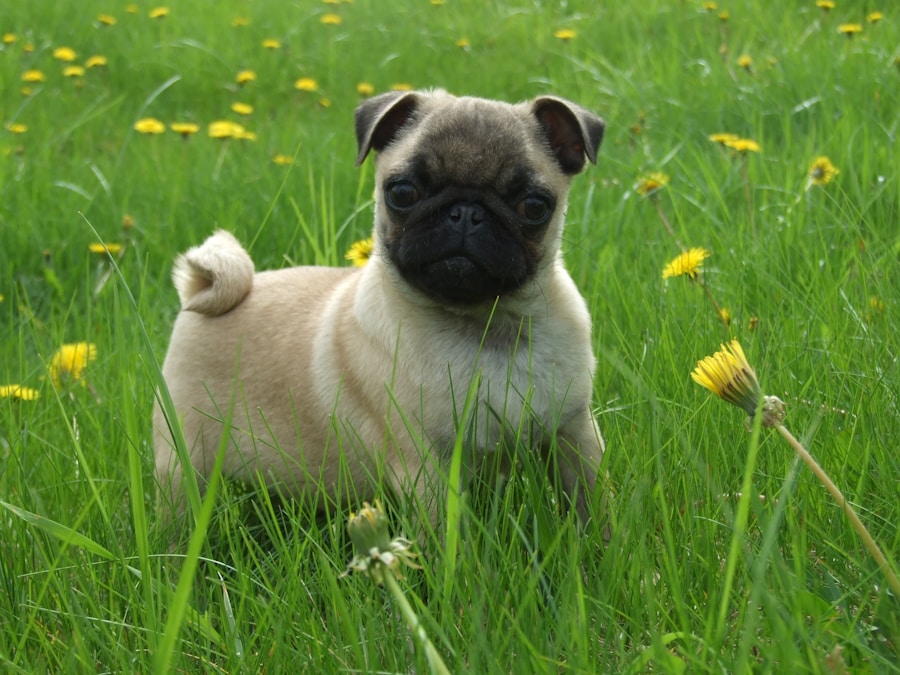
Caring for a Pug involves several essential grooming practices that contribute to their overall health and well-being. Their short coat requires minimal maintenance; however, regular brushing can help reduce shedding and keep their coat looking shiny. A soft-bristle brush or grooming mitt can be used to remove loose hair while also providing a pleasant experience for your dog.
One of the most critical aspects of Pug care is maintaining their facial folds. These wrinkles can trap moisture and debris, leading to skin irritations or infections if not cleaned regularly. Owners should gently wipe the folds with a damp cloth or specialized pet wipes to keep them clean and dry.
Additionally, regular dental care is vital for preventing dental issues common in small breeds; brushing your Pug’s teeth several times a week can help maintain oral health.
Pugs as Family Pets
Pugs make exceptional family pets due to their affectionate nature and adaptability to various living situations. Their friendly demeanor allows them to bond easily with children, making them ideal companions for families with young kids. Pugs are known for their playful antics that can entertain children for hours while also teaching them valuable lessons about responsibility and empathy through pet care.
Moreover, Pugs thrive on companionship; they do not do well when left alone for extended periods. This characteristic makes them particularly suited for families who can provide ample attention and interaction throughout the day. Their moderate exercise needs mean they can adapt well to apartment living or homes with limited outdoor space, provided they receive regular walks and playtime.
Overall, Pugs’ loving nature and ability to integrate into family life make them cherished members of many households.
Fun Facts and Trivia about Pugs
Pugs have captured the hearts of many not just through their charming personalities but also through some fascinating trivia that adds to their allure. For instance, did you know that Pugs have been featured in various films and television shows? Their unique appearance has made them popular choices for roles in movies like “Men in Black,” where Frank the Pug became an iconic character known for his humorous lines and antics.
Another interesting fact about Pugs is that they have a long-standing association with various historical figures. For example, Josephine Bonaparte, the wife of Napoleon Bonaparte, was known for her love of Pugs; she had several that accompanied her during her time in power. Additionally, the breed has been celebrated in art throughout history; famous artists such as William Hogarth included Pugs in their paintings as symbols of loyalty and companionship.
Pugs also have a unique way of communicating with their owners through various sounds beyond barking; they are known for making snorting or grunting noises that many owners find endearing. This vocalization is often referred to as “Pug talk” and adds another layer of charm to these delightful dogs. With such a rich history, captivating personality traits, and intriguing facts surrounding them, it’s no wonder that Pugs continue to be beloved companions around the world.



